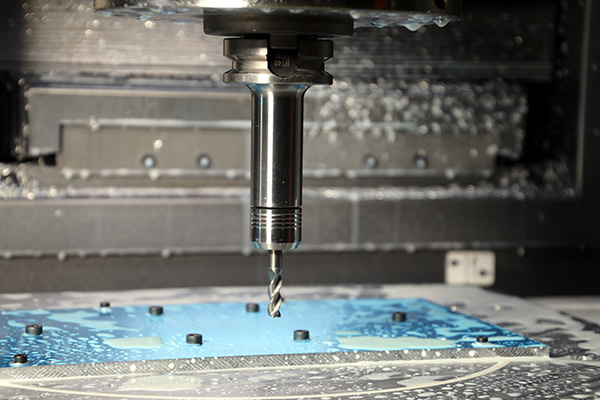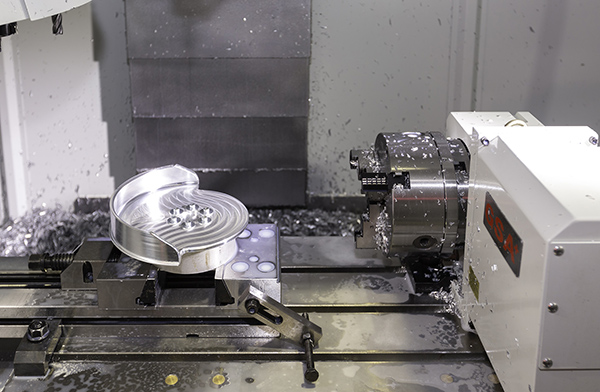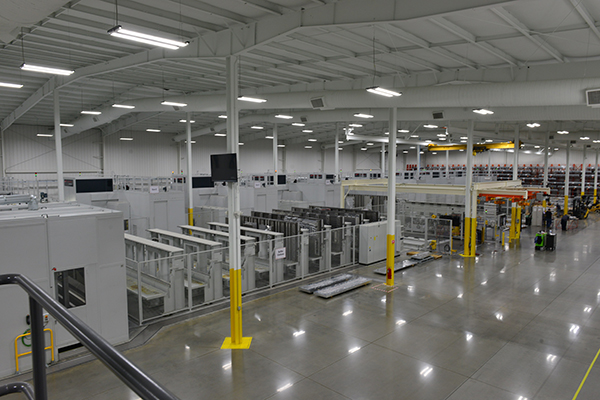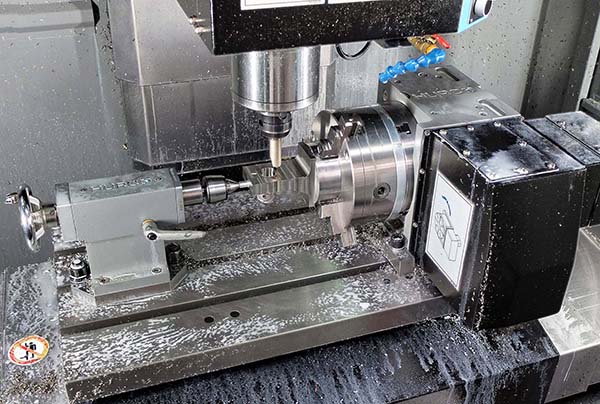Within the demanding marine sector, the accurate positioning, alignment and assembly of components, especially larger, cumbersome elements such as boat hulls, is a regular and often challenging requirement. Superyacht builder Sunseeker has eliminated the difficulties associated with these tasks following the recent purchase of two complementary, laser-based technologies from Faro UK. The Faro products have enabled Sunseeker to reduce its build times and further develop the company’s quality standards.

In order to remain at the technical cutting-edge of the boat-building industry, the Poole-based company’s management team continuously searches for new production and inspection aids. For example, given his extensive Indy-Car and Formula One design experience, Sunseeker’s composite development manager, Stuart Jones, was aware of the advantages that Faro’s laser-based technologies deliver across various classes of global motorsport. Therefore, he was confident that Faro products could provide Sunseeker with improved levels of speed and precision throughout all stages of each boat’s build. A successful on-site demonstration of a Faro laser tracker and a Faro laser projection system validated Jones’ opinion.
Put through their paces in the presence of a group of relevant Sunseeker staff, the Faro equipment was able to prove its accuracy, and ease and speed of use. As the demonstration verified the system’s ability to reduce boat build times, a rapid return on investment was calculated and an order was placed for a Faro Vantage E laser tracker, four Faro Tracer M laser projectors and Faro’s CAM2 software, all of which are now in daily use.
Stuart Jones explains the use of the company’s Faro Vantage laser tracker: “Having previously utilised conventional, time-consuming means of measurement and inspection, we’ve made a quantum leap by adopting the Faro Vantage. We’re now able to rapidly and accurately capture the 3D base geometry of, for example, our superyacht hulls and our large composite components, and ensure they adhere to the designs generated with the help of our in-house design and manufacturing software. Once obtained, this data is used by our four new Faro laser projectors to project a variety of key datums, templates and location positions on to our hulls, allowing the precise fitting of key components during build.
“Having successfully applied it to capturing the base geometry of hulls and large composite components, the ease of use, accuracy and flexibility of our Faro Vantage meant that within days of its delivery, we discovered a multitude of other uses,” continues Jones. “For instance, we found that, as it was a precise and effective co-ordinate measurement system, we could use it to accurately compare many other key components against their original software models. Also, because of its relatively low weight, portability and robust construction, we are now able to bring our Faro Vantage to our suppliers, to assist in problem identification and take the relevant rectification measures.

“As many of our parts have tight tolerances, our tracker routines allow us to accurately detect and quantify any deflection or change in the geometrical shape of components such as hulls that could cause later assembly issues. The use of the precise data gathered by our Vantage laser tracker means that we are able to take early corrective actions and avoid more problematic issues later in the build process.”
Suitable for large-scale 3D measurement applications, the Vantage enables users to maximise productivity and reduce inspection cycle times by 50-75%, says Faro. The device can be applied to assembly, alignment, part inspection, machine installation and reverse engineering tasks.
Jones continues by explaining Sunseeker’s purchase of the four Faro Tracer M laser projectors: “Having identified several key potential applications for Tracer M, an impressive practical demonstration of the laser projection system operating in these areas proved its precision and speed capabilities.
“We now use our Tracer M laser projectors to project precise, virtual templates that enable datums to be marked,” he adds. “This process allows the very accurate location of critical components such as bulkheads, longitudinal elements, stringers and engine beds. The benefit of the Faro projections are that we are able to quickly and accurately complete the ‘right-first-time’ positioning of these important features in all three dimensions. The precision we achieve in establishing an accurate, solid base at this stage of a boat’s build provides many benefits later in the process.
“In addition to the accuracy advantages that our Tracer M devices have delivered to build procedures, they have significantly reduced build times. The installation of wire looms located on our deck liners is a typical example of the time savings achieved. Previously, two people would have manually marked out the cable routes with a tape measure and plotted their routes with marker pens, returning later to then fit the looms in situ. Now, a Tracer M projects our wire loom design model on to the deck liner surface, and the cable mounts and looms are then fitted in one rapid, accurate procedure.
“The fitting of our liners, which had previously been a bottleneck in the build, was subsequently reduced by two days. Added to this, the use of our laser projectors has been instrumental in avoiding problems such as cable pinching during final assembly.”
Tracer M uses existing customer 3D CAD models to project a 0.5 mm wide laser line on to a 2D or 3D target surface or object, creating an accurate virtual template that enables the fast, precise positioning of components. The system covers an envelope of up to 15.2 x 15.2 m. For larger assemblies and use in space-constrained areas, multiple Tracer M projectors can be controlled from a single workstation to provide large-scale virtual templates within a single co-ordinate system.
Sunseeker’s manufacturing engineering manager Steve Efford concludes: “Our association with Faro has proven to be extremely productive. Not only have we been impressed with the efficiency and precision gains made through the use of Faro’s technology, we’ve also been impressed with the levels of service received from Faro UK’s staff. With their help we have been able to quickly develop a range of manufacturing methodologies that have improved our precision capabilities and reduced our build times. For instance, by using Faro’s large-range scanner we have found we can capture data from boat moulds or hulls and have a full colour map of points in under an hour.”
For further information www.faro.com
































